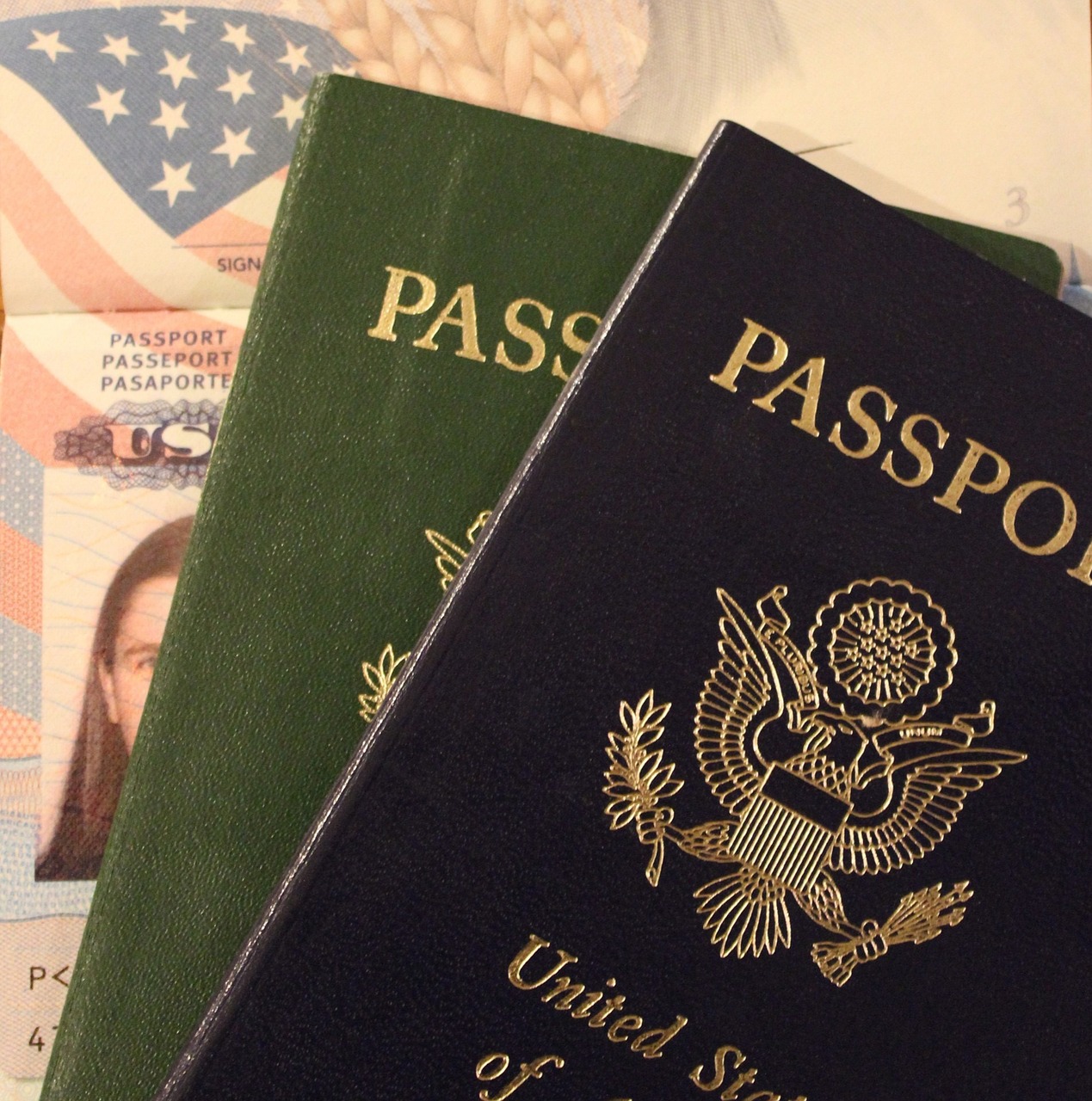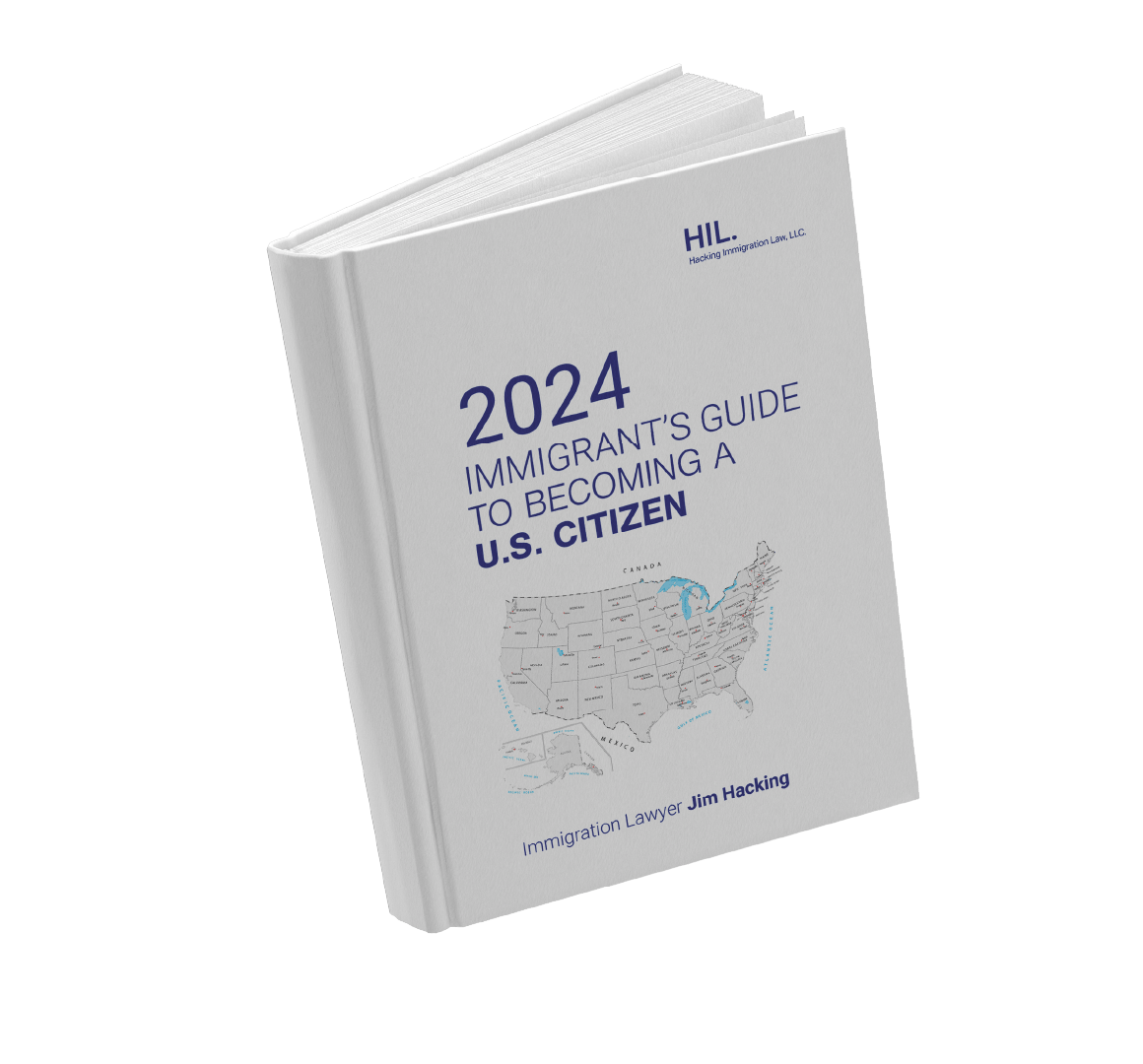
If you’re helping a loved one immigrate to the United States, you may be asked to complete and submit an I-130 petition. An I-130 petition is also known as an “immigrant visa petition for an alien relative.” Understanding what you can expect in terms of timing and cost can help you plan your process accordingly.
Table of Contents
Read on to learn more about:
More Immigration Tips and Resources

Source: USCIS
The I-130 is also known as the “Petition for Alien Relative.” It’s a form used by U.S. citizens and lawful permanent residents (LPR) or green card holders to sponsor a relative for immigration to the United States. In other words, the I-130 petition is the first step in the family-based immigration process.
According to U.S. Citizenship and Immigration Services or USCIS guidelines, they will only approve your petition if a valid family relationship exists. That means you must establish a relationship with your relative that qualifies them to immigrate. The person submitting the petition is known as the petitioner. As such, the person receiving it is called the beneficiary.
The I-130 petition is an important step for many immigrants. But it also involves a long timeline that may confuse immediate relatives. While the necessary steps remain consistent, USCIS processing time can be impacted by these factors:
To check the processing time for immigrant visa petitions, you can visit the U.S. Department of State for real-time updates. Or you can contact the USCIS Contact Center.
It’s important that you understand exactly what you need so that there won’t be any delays in processing it once submitted!
The USCIS allows two options for individuals to file Form I-130.
If you’re a U.S. citizen, you must file a separate I-130 for each relative, including:
If you’re a green card holder or lawful permanent resident, you may file I-130 for your:
It should be noted that the sponsoring relative must have sufficient funds. This is to prove that he or she can financially support their relative once they enter the United States.
In order to complete your petition, you need to give proof of your U.S. citizenship, U.S. national status, or lawful permanent residence. Several documents must be included in your application package, such as:
If petitioning for a spouse, provide evidence of the bona fides of the marriage, such as:
Every case is unique, so it is always best to get an experienced immigration lawyer’s opinion if you have any additional questions.
Provide proof of family relationship with each of the following:
USCIS allows two options for individuals to file Form I-130:
Knowing where to file your Form I-130 is based on both where you’re living and whether or not you’re submitting it with a Form I-485, Application to Register Permanent Residence. To make sure that you have up-to-date filing locations and procedures, be sure to check out USCIS’s website.
Filing your form I-130 online is a smooth and simple process. Here are the steps to begin with:
Take note: You cannot file online if you’re applying for a fee waiver. Additionally, remember to sign your form, as USCIS will reject any unsigned form.
There is a fee associated with filing Form I-130, which currently stands at $535. However, this fee can change depending on circumstances, such as changes made by USCIS. That’s why it’s important to check what the current fee is before submitting your application.
Pay your filing fee through:
USCIS recently issued an Alert to remind applicants that:

Additionally, there may be additional fees associated with forms, such as biometrics processing fees, among others. These fees must be paid upfront and cannot be waived or refunded, regardless of whether or not your application is approved or denied.
Here’s what to expect after submitting the form.
The first thing that will happen after you submit your form is that you will receive a receipt notice (Form I-797). This form confirms that USCIS has received and accepted the petition. It also includes important information such as your case number and contact information for USCIS customer service.
The receipt notice does not mean that your petition has been approved but simply acknowledges it was accepted. Keep this document in a safe place, as you will need it in the future when checking on the status of your application.
Once your application has been received, USCIS will send you a notice asking for biometric services. This is essentially an appointment where they take your photo, fingerprints, and other biographical information so they can perform background checks. You should receive notification via mail or email regarding this appointment if necessary.
Depending on the circumstances, USCIS may require an interview with you and your family member. Interviews are usually conducted at a local field office which can be found on the USCIS website. During this interview, both parties will answer questions regarding their relationship and why they would like to become permanent residents of the U.S.
USCIS can sometimes approve your I-130 without an interview. If you’re a U.S. citizen and filing for parents or unmarried children under 21 in the U.S. who have filed Form I-485, then no interview might be needed.
Immigration Answers - Join Live Shows
If you’re looking to streamline your I-130 petition process, here are some tips that could help.
USCIS also mentioned that you shouldn’t include the following:

Source: USCIS
When it comes to navigating through complex immigration laws and procedures, the answer is undeniably YES. An experienced and qualified lawyer is your best ally for ensuring a successful outcome in your case.
If you have more concerns about filing form I-130, Hacking Immigration Law, LLC is happy to help! Our team can provide invaluable guidance on all matters relating to immigration. From guidance on documentation, applications, appeals, and interview preparation - the list goes on!
With our assistance, navigating the immigration maze can become much easier than tackling it alone. Pursue the path of success– hire hacking law practice today!








